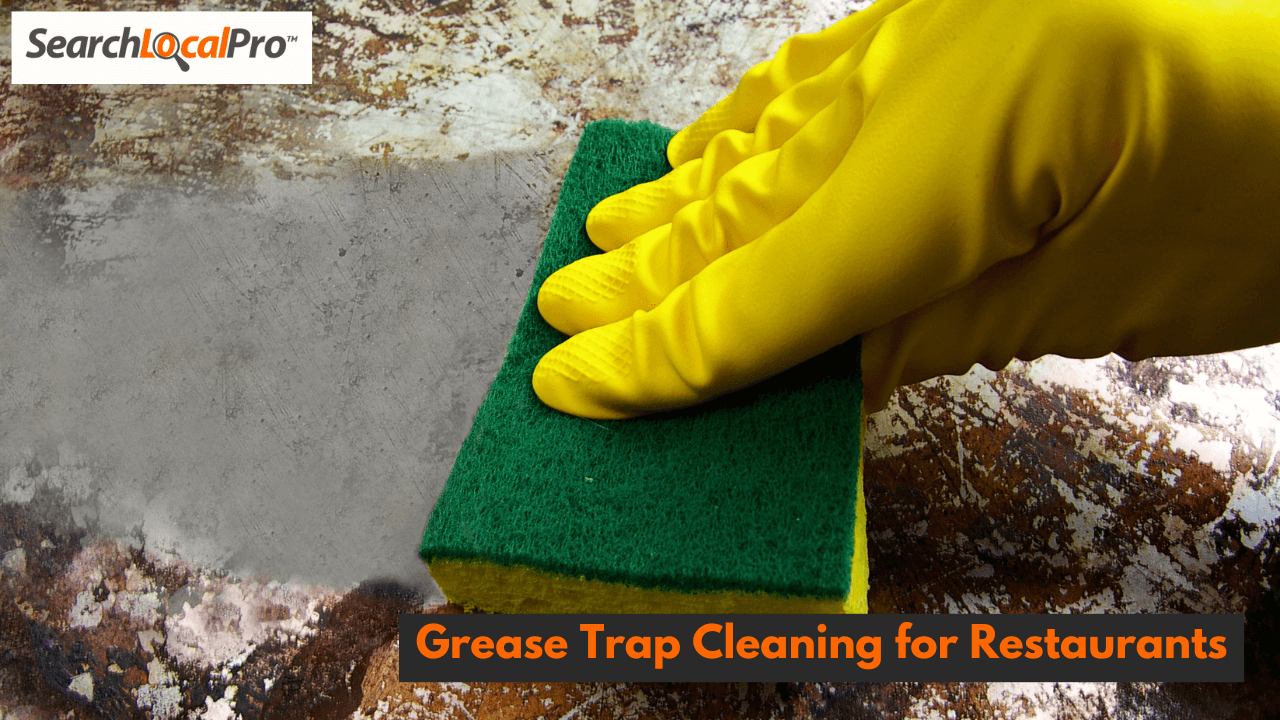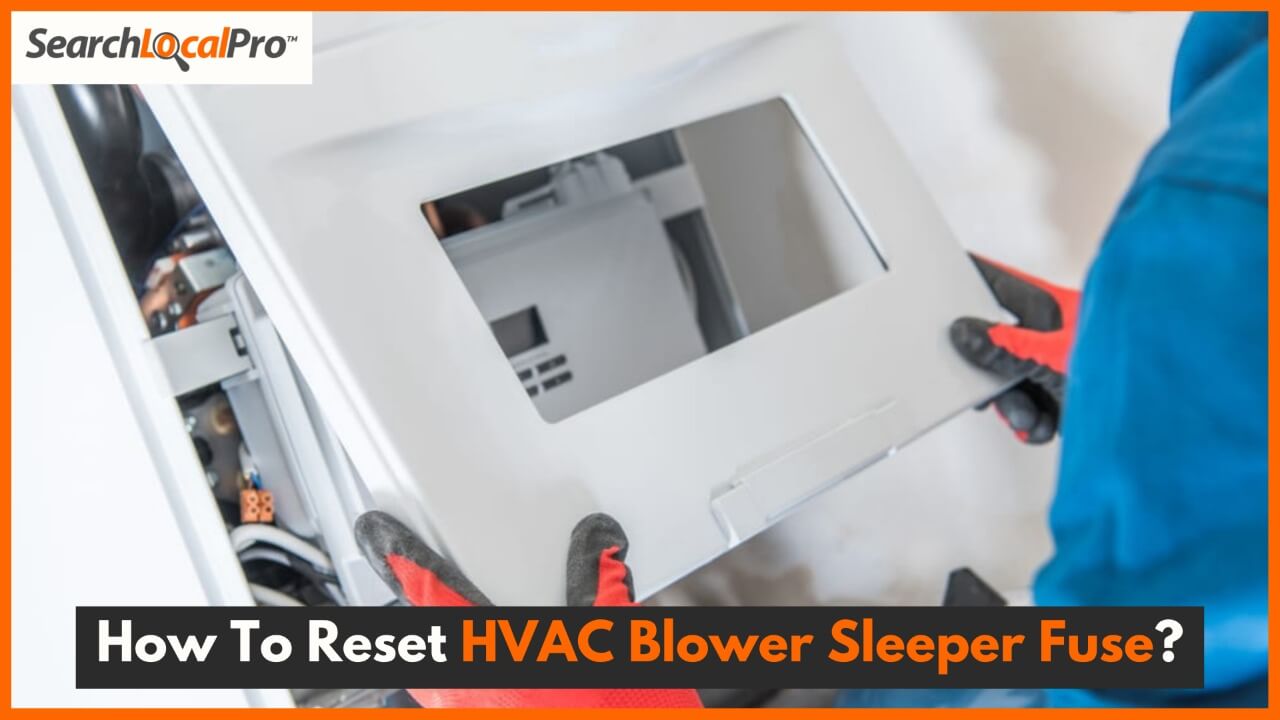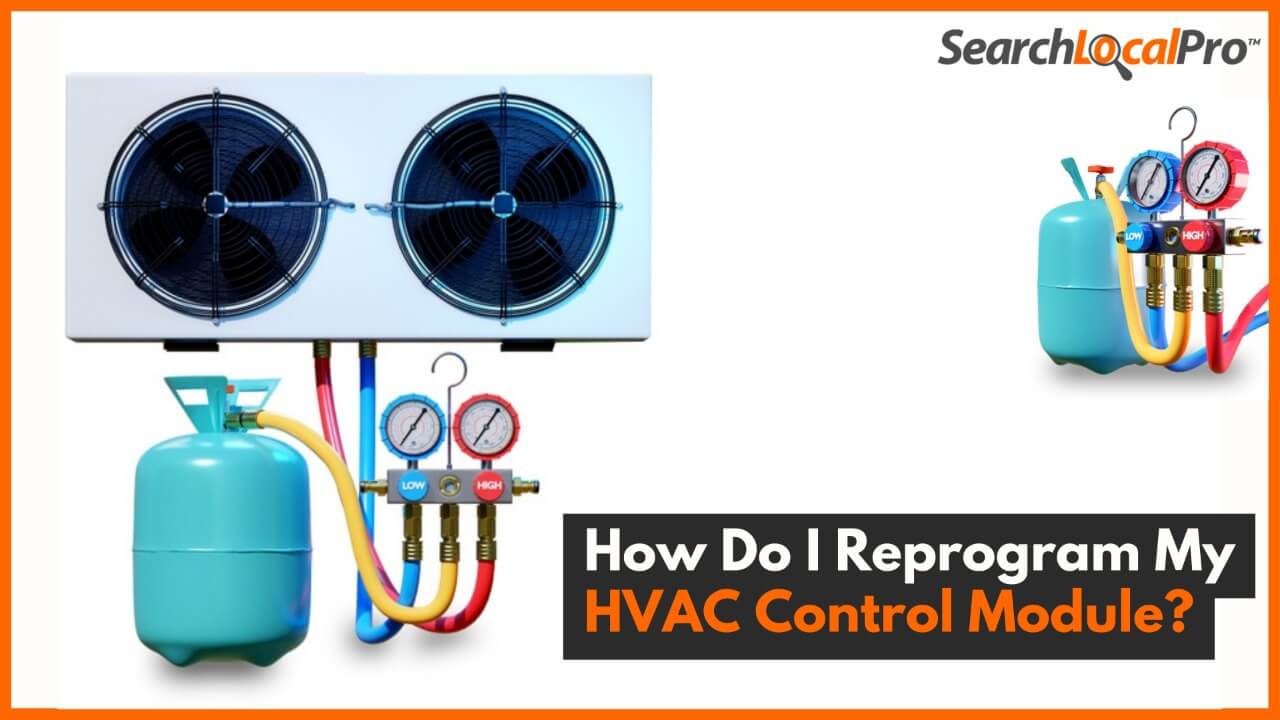Maintaining a grease trap in a restaurant is essential to keep your kitchen running smoothly and prevent costly issues like blockages, foul odors, and fire hazards. This article will guide you through grease trap cleaning for restaurants , recommend effective grease trap cleaning chemicals, and highlight the best practices to maintain this crucial piece of equipment.
Step-By-Step Guide to Grease Trap Cleaning for Restaurants
Maintain the Trap Regularly
Regular cleaning and maintenance are key to keeping your grease trap in optimal condition. This will help you avoid costly repairs or replacements in the future.
Remove the Lid of the Grease Trap
Begin by carefully removing the lid of the grease trap. Be sure to use proper safety gloves and cleaning equipment, as grease traps contain waste that can emit unpleasant odors and potentially hazardous chemicals.
Take Note of the Different Parts of the Trap and Their Locations
Before proceeding, familiarize yourself with the internal parts of the grease trap. This will make the cleaning process easier and help ensure you don’t misplace any parts during reassembly.
Measure the Amount of Waste that Needs to Be Removed
Use a dipstick to measure how much waste has accumulated. This step helps you track how often you need to clean the trap and prevent overflows.
Drain the Water From the Trap
Carefully drain the water out of the trap, leaving the solids behind for easier cleaning. Be mindful of where you dispose of the liquid, as improper disposal may lead to blockages elsewhere.
Scoop Out the Accumulated Waste From the Trap
Using a scoop or shovel, remove the solidified grease and waste from the trap. This material must be disposed of in accordance with local environmental regulations.
Wash and Clean All the Surfaces From the Trap
Once all the waste is removed, use grease trap cleaning chemicals to wash down all surfaces. Scrub the sides, bottom, and parts thoroughly to remove any remaining grease.
Test the Trap to Ensure That It Is Functioning Correctly
Before reassembling the trap, check that the water flows properly and that the trap’s internal parts are clean and undamaged.
Reinstall the Lid and Clean Up Any Mess During the Cleaning Process
Once cleaned, reinstall the lid securely, and clean the surrounding area to ensure no grease or waste remains.
Get Commercial Kitchen Cleaning Services
Importance of Well-Maintained Restaurant Grease Traps
A clean and well-maintained grease trap is essential for several reasons:
- Avoid Blockages in the Grease Trap
Regular cleaning prevents grease buildup, which can clog the system and lead to unpleasant overflows. - Eliminate Unpleasant Odors
Grease traps that aren’t cleaned regularly can produce strong, foul odors that affect the kitchen and dining areas. - Prevent the Creation of Health Risks
A neglected grease trap can harbor bacteria, leading to potential health code violations and health risks for your staff and customers. - Reduce the Risks of Kitchen Fires
Grease is highly flammable. Removing excess grease lowers the risk of fires starting in the kitchen. - Save Costs
Regular grease trap maintenance extends the life of your equipment and reduces costly emergency cleanings or repairs.
How Often Should Restaurants Clean Grease Traps?
For most restaurants, grease traps should be cleaned every one to three months, depending on the volume of grease generated. High-traffic establishments may need more frequent cleaning, while smaller restaurants can stretch the period between cleanings.
Hiring a Commercial Cleaning Company vs. DIY
While regular grease trap maintenance can be handled in-house, hiring a professional cleaning company may be the better choice for larger grease traps or busy establishments. Professionals have the proper equipment, grease trap cleaning chemicals, and expertise to clean and maintain grease traps efficiently.
Hiring a Commercial Cleaning Company vs. DIY Grease Trap Cleaning:
| Aspect | Hiring a Commercial Cleaning Company | DIY Grease Trap Cleaning |
|---|---|---|
| Cost | Pro: Save time and avoid fines due to improper cleaning. Con: More expensive upfront. | Pro: Lower immediate cost. Con: Hidden costs of time, labor, and potential fines for errors. |
| Expertise & Efficiency | Pro: Trained professionals with experience and proper tools for quick, thorough cleaning. | Con: Requires staff training, which may not be as efficient or effective as professionals. |
| Equipment | Pro: Equipped with industry-grade grease trap cleaning equipment and chemicals. | Con: Requires purchasing or renting specialized equipment and cleaning chemicals. |
| Time Investment | Pro: Frees up time for staff to focus on restaurant operations. | Con: Staff spends significant time on cleaning and maintenance. |
| Risk of Mistakes | Pro: Fewer risks of improper cleaning, which can lead to blockages or fines. | Con: Higher risk of missed steps, leading to inefficient cleaning or equipment damage. |
| Health & Safety Compliance | Pro: Ensures compliance with local health and safety regulations. | Con: Risk of non-compliance if the cleaning is not done properly, leading to fines or closures. |
| Scheduling Flexibility | Con: May require scheduling based on the company’s availability. | Pro: Can be done at any time that suits the restaurant’s schedule. |
| Environmental Responsibility | Pro: Professional cleaners handle waste disposal according to regulations. | Con: Responsibility falls on restaurant staff to ensure proper disposal of waste, which can be challenging. |
FAQs About Grease Trap Cleaning for Restaurants
How often should a grease trap be cleaned for a restaurant?
Grease traps in restaurants should typically be cleaned every 1 to 3 months, depending on grease usage and local regulations.
How do you keep a commercial grease trap from smelling?
To prevent odors, clean the grease trap regularly and use specialized grease trap cleaning chemicals designed to neutralize foul smells.
What happens if the grease trap is full?
If a grease trap becomes full, it can cause blockages, backflow, and unpleasant odors, and may even lead to violations of health and safety codes.
How do you know when a grease trap is full?
You’ll notice signs such as slow drainage, foul odors, or grease accumulation in sinks. A dipstick can also be used to measure grease levels during regular maintenance.
By following these steps and guidelines, you’ll be able to maintain a clean, efficient grease trap for your restaurant, ensuring a safer, more hygienic kitchen environment.




